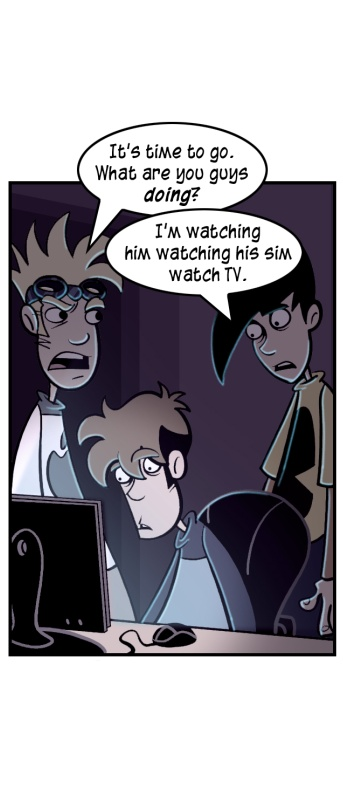Immortals of Aveum, console review by EuroGamer (Digital Foundry)Is there even any games using UE5?
After five years of development, Immortals of Aveum has landed, with the distinction of being the first non-Epic game to ship on Unreal Engine 5 using all of its next generation features. There's Nanite micro-geometry and ray-traced Lumen lighting, along with virtual shadow maps.
Game targets 60fps on all consoles.
Upscaling from 720p to 4K/1080p on series X & PS5
Upscaling from 768x436 on series S
Last word by EuroGamer:
That's the console situation and we'll be returning to Immortals of Aveum soon to discuss the situation on PC - but it's not exactly a spoiler to say that this one's going to be challenging on the hardware side too.
https://www.eurogamer.net/digitalfo...ine-5-hard-and-image-quality-suffers#comments
![[H]ard|Forum](/styles/hardforum/xenforo/logo_dark.png)




